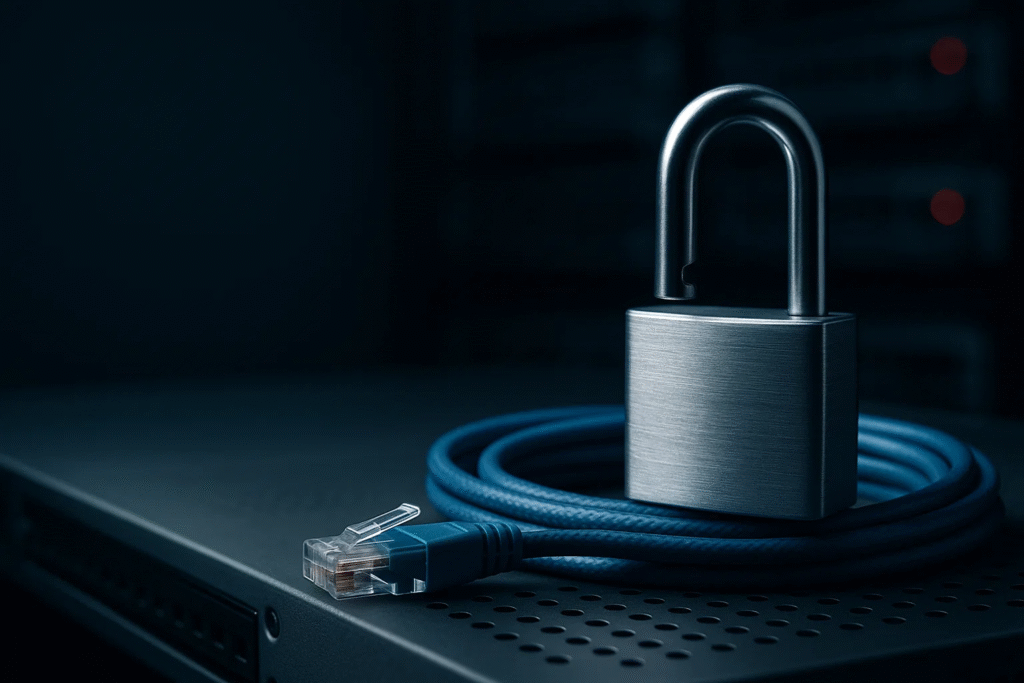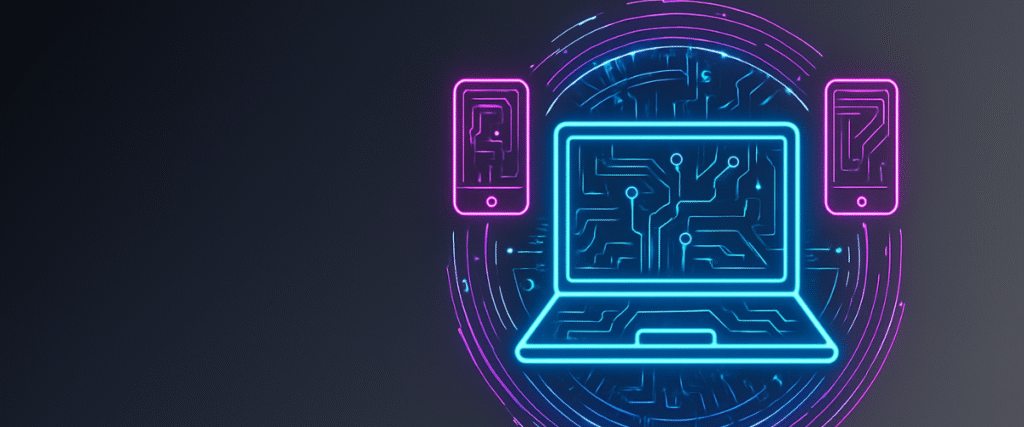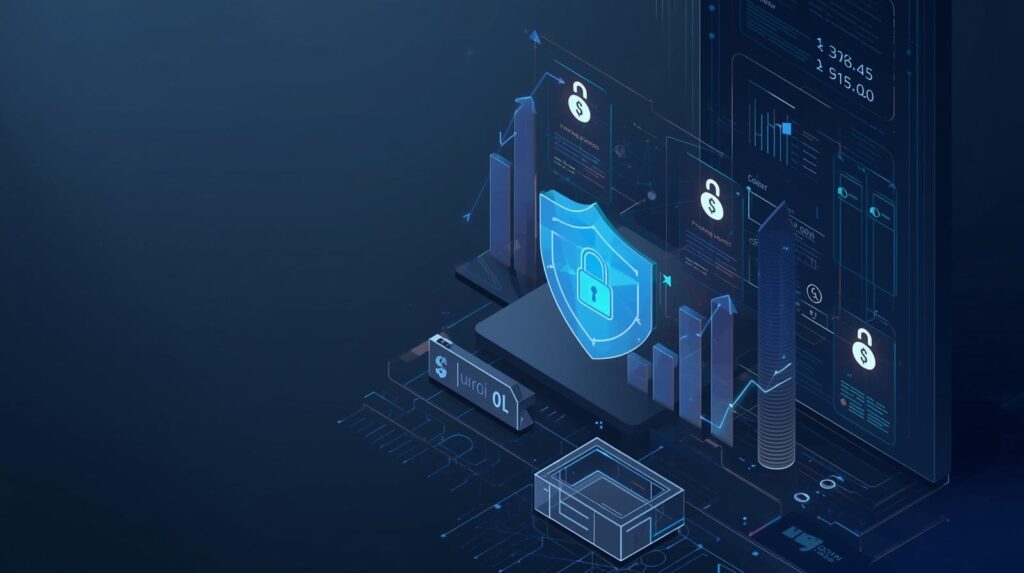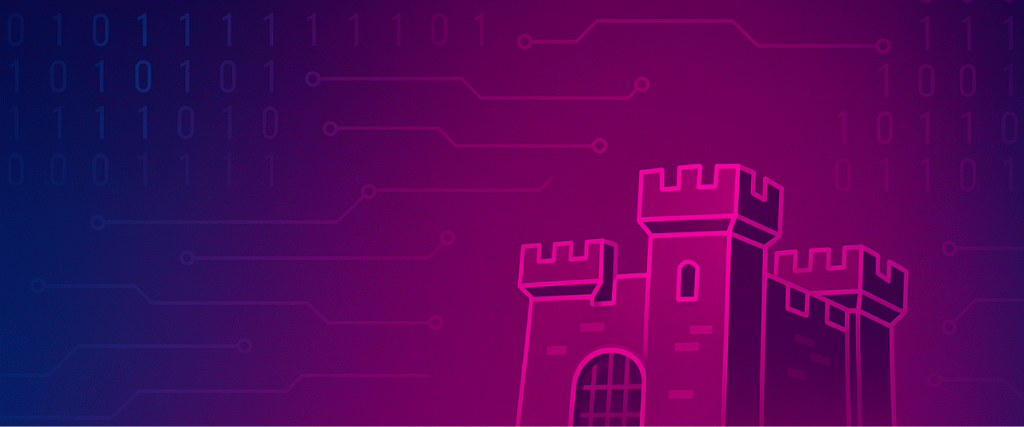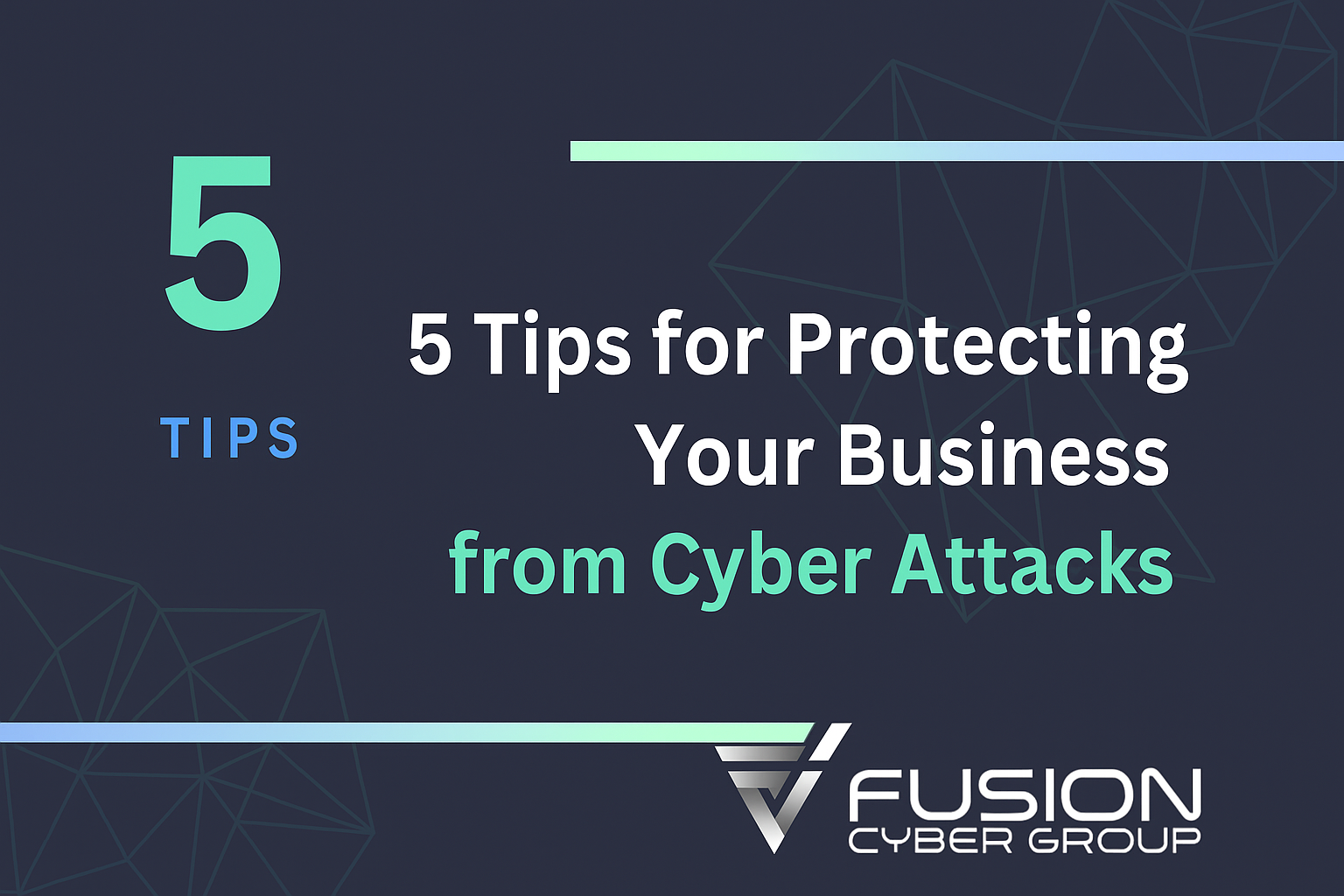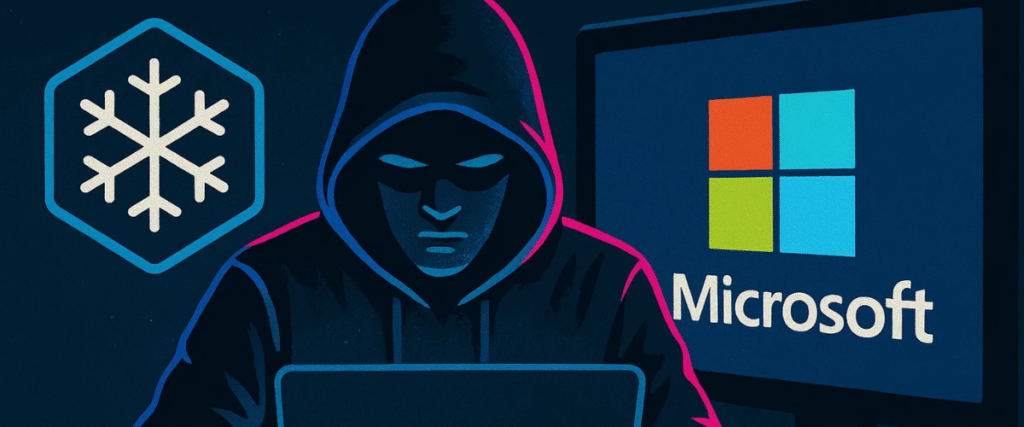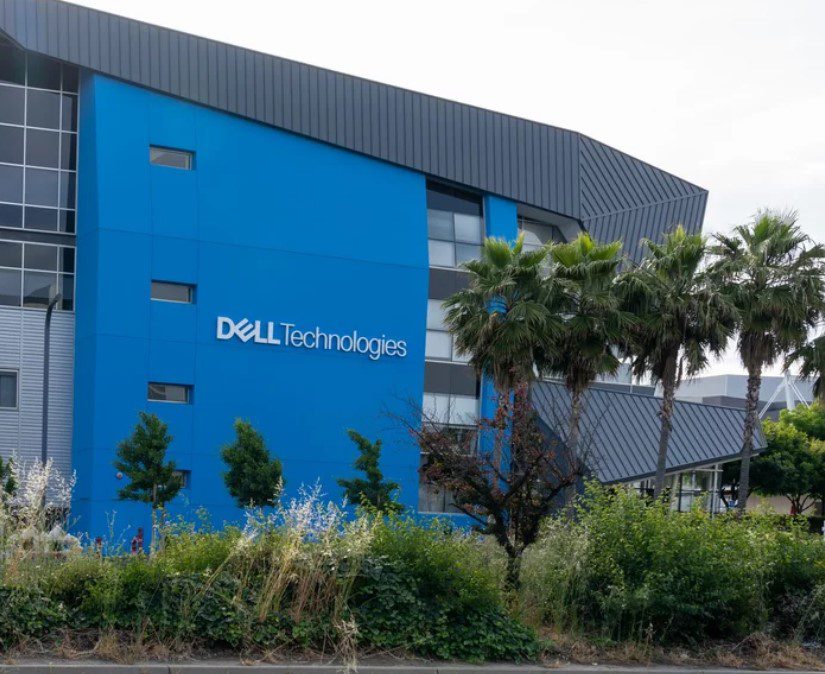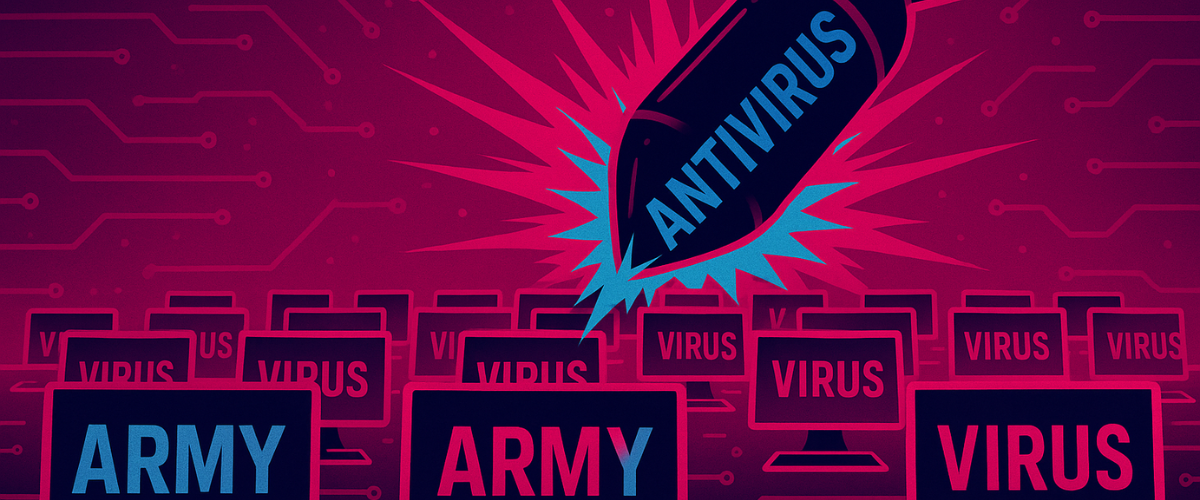
The average cost of a cyber breach in Canada now exceeds CAD $7 million.
For SMBs, even smaller breaches can trigger a spiral few businesses survive.
Talk to a Fusion Cyber Expert Today to measure your risk and protect your business.
The New Reality of Cyber Risk in 2025
Technology has blurred the line between IT and business. Every SMB now relies on digital systems for sales, invoicing, service delivery, and customer support. This creates efficiency but also dependency: when systems fail, the business stalls. Add hybrid work, cloud apps, SaaS integrations, and mobile devices, and suddenly every organisation—even those with fewer than 100 employees—has a sprawling attack surface that rivals much larger enterprises.
In 2025, attackers have industrialised their operations. Ransomware-as-a-service lowers the barrier to entry. AI-driven phishing campaigns personalise messages at scale, bypassing traditional email filters. Automated vulnerability scanning tools sweep the internet for unpatched systems 24/7, meaning any oversight can be discovered and exploited within hours. For attackers, this is a business model: they don’t need to target you specifically; automation ensures they find you eventually.
Regulators have responded. Québec’s Law 25 introduces fines up to CAD $25 million or 4% of global turnover for mishandling personal data. PIPEDA (Personal Information Protection and Electronic Documents Act) continues to set the baseline for data privacy, and insurers now impose strict minimums—MFA (multi-factor authentication), EDR (endpoint detection and response), and tested backups—before renewing policies.
Customers also have higher expectations. A single breach can destroy trust instantly. In consumer surveys, nearly 40% of Canadians say they would stop doing business with a company that suffered a data breach. For B2B SMBs, the stakes are higher still: enterprise customers require their suppliers to prove due care, often flowing compliance obligations down the chain.
What makes this reality harder for SMBs is resourcing. Most grew IT organically, with point solutions added as needed and one or two generalists managing infrastructure off the side of their desk. That model doesn’t scale in a world where attackers automate and regulators demand evidence.
The result is an unsustainable gap. On one side: rising threats, stricter regulations, and higher customer expectations. On the other: limited staff, limited budget, and legacy processes. That gap is where breaches happen—and the costs that follow can be devastating.
What Cyber Breaches Really Cost (and Why It Matters)
When leaders think of a cyber breach, they often picture downtime or ransom payments. The reality is broader. The true cost of a breach includes direct, indirect, and hidden costs—each with different timelines and implications.
Direct Costs. These hit immediately. Breach containment, forensic investigation, and system restoration require specialised talent, often billed at CAD $200–$600/hour. Rebuilding servers, hardening applications, and restoring cloud environments can quickly run into six figures. Ransomware adds a new layer: average demands in Canada now exceed CAD $1.2 million, and even if paid, less than 60% of companies fully recover their data. For an SMB, the ransom alone may be enough to push them into insolvency.
Regulatory and Legal Costs. Law 25 and PIPEDA introduce significant penalties for non-compliance. A company mishandling personal information can face CAD $25 million fines, plus mandatory reporting and investigations. In addition, legal liabilities mount. Class-action lawsuits are increasingly common after breaches. Even when insurance covers some costs, settlements often exceed CAD $500,000. Legal counsel, PR firms, and compliance auditors add to the bill.
Indirect Costs. These accumulate during recovery. Average downtime in Canada post-breach is 23 days, meaning almost a month of lost productivity. During this time, staff are idle, sales stall, and customer service backlogs grow. Insurance premiums spike after a claim, often rising 30–50% at renewal. Meanwhile, leadership spends weeks managing fallout instead of driving strategy.
Hidden Costs. These last the longest. Reputational damage leads to customer churn—40% of Canadians say they would switch providers after a breach. Lost deals, reduced valuations, and difficulties attracting new business can linger for years. Employee turnover also rises. Staff under pressure during a crisis often burn out or leave, taking institutional knowledge with them. Recruiting replacements adds further cost.
The key lesson is that breach costs compound. What starts as a single event ripples into legal, operational, and reputational domains. For large enterprises, resilience and capital may allow recovery. For SMBs, the margin for error is smaller. Many never recover fully.

What Modern Cybersecurity Looks Like
Cybersecurity in 2025 is not about a single firewall or antivirus—it’s about layered, proactive defence. Think of it as an operating system for resilience: each layer complements the others, ensuring that if one control fails, another steps in.
Continuous Monitoring (SOC). A 24/7/365 Security Operations Centre detects anomalies in real time. Analysts investigate alerts, contain threats, and escalate when necessary. Without this, attacks may dwell unnoticed for weeks, amplifying damage.
Threat Hunting (MDR/XDR). Managed Detection and Response goes beyond monitoring by actively searching for adversaries inside your environment. Extended Detection and Response adds coverage across endpoints, networks, and cloud systems. This proactive stance stops attacks before they escalate.
Zero Trust Architecture. Instead of trusting internal networks, Zero Trust assumes every request could be malicious. Access is granted based on identity, device health, and context. This blocks lateral movement, a common tactic in ransomware campaigns.
Penetration Testing and Vulnerability Management. Regular simulated attacks identify gaps before criminals do. Pairing this with prioritised remediation ensures weaknesses are closed quickly.
Backup and Recovery. Backups must be automated, encrypted, and immutable. Quarterly restore tests prove systems can be recovered under pressure. Without testing, backups may fail when needed most.
Security Awareness Training. Employees are the largest attack surface. Phishing simulations and training reduce click-through rates, cutting off common entry points.
Together, these practices form a holistic programme. They transform cybersecurity from reactive firefighting into proactive risk management. For SMBs, the question isn’t whether they can afford to implement these defences—it’s whether they can afford not to.
Why Canadian SMBs Face Higher Stakes
Canadian SMBs face a unique blend of pressures that make the consequences of a cyber breach disproportionately severe.
Regulatory Complexity. Compliance is no longer optional or “nice to have.” PIPEDA applies to personal data across Canada, and Québec’s Law 25 now enforces strict privacy rules, including breach notification and mandatory reporting. The penalties are steep—up to CAD $25 million or 4% of global turnover. But the cost of compliance isn’t just about avoiding fines. Many SMBs supply to regulated industries like healthcare, finance, or government. Those enterprise clients impose security requirements through contracts. That means even if your SMB isn’t in a regulated sector, you must comply indirectly—or risk losing customers. Evidence of controls, documented policies, and tested backups are becoming procurement criteria. SMBs that cannot demonstrate maturity get disqualified before the deal stage.
Resource Constraints. Canada faces a well-documented cybersecurity skills shortage. Recruiting cloud security, forensics, or compliance specialists is difficult even for large enterprises. SMBs cannot match enterprise salaries or benefits, so they often rely on a generalist or outsourced IT vendor who may lack depth in incident response or compliance. This leads to gaps—especially during nights, weekends, or holidays, when attackers intentionally strike. For example, ransomware attacks often launch late Friday nights, ensuring maximum disruption before Monday morning. Without 24/7 coverage, SMBs can lose critical response time.
Economic Pressure. Many SMBs operate on thin margins. They view cybersecurity as an expense rather than an investment, often delaying upgrades until after an incident. But ad hoc IT is costly: unplanned downtime, failed projects, duplicated licences, and emergency consulting fees often exceed the predictable cost of a proactive programme. Cyber insurers now demand evidence of MFA, EDR, and logging before renewing policies. Without these, premiums skyrocket—or coverage is denied. In effect, weak security increases both operating risk and operating cost.
Data Sovereignty. Canadian privacy expectations go beyond compliance. Clients increasingly ask where their data is stored, who has access, and how long it is retained. For SMBs, proving that backups and logs remain in Canadian regions can be a major documentation burden—especially without dedicated compliance staff. This isn’t theoretical: losing a contract because you cannot prove data residency is becoming more common.
Trust and Reputation. Canadian SMBs thrive on relationships, referrals, and word-of-mouth. A breach destroys trust quickly. Customers don’t just see downtime; they see negligence. Once confidence is lost, competitors move in. Unlike enterprises with brand equity and PR budgets, SMBs rarely recover from reputational damage. The conclusion is clear: SMBs face higher stakes with fewer resources. Proactive security is not optional—it’s a business survival requirement.

Budget & ROI: What Cybersecurity Really Costs (and Saves)
Cybersecurity investment must be reframed. It is not a “technology cost”—it is risk reduction and financial protection. Leaders don’t want features; they want stability, predictability, and measurable outcomes.
What proactive programmes include. Mature MSSPs provide far more than software. They operate 24/7 SOC monitoring to detect and contain threats in real time. They enforce EDR, MFA, DNS filtering, and hardened email security to block common attack paths. Automated patching covers operating systems and third-party apps, while vulnerability management prioritises remediation. Backups are not only monitored but tested regularly to prove recovery works. Compliance reporting generates evidence that keeps auditors, regulators, and insurers satisfied. The outcome is consistency: no gaps, no surprises.
Where savings appear. The largest ROI comes from avoided downtime. If the average breach halts operations for 23 days, the cost in lost revenue and wages is immense. Proactive security cuts that risk dramatically. Insurance savings are next: premiums drop when controls are enforced and documented. Legal and regulatory fines are avoided when compliance obligations are met. Emergency consulting, which can cost hundreds of dollars per hour, is reduced because fewer breaches occur. Vendor consolidation and licence rationalisation further reduce waste, often saving 10–20% of IT budgets.
ROI in practice. A simple formula captures it:
Annual ROI ≈ (Downtime avoided + Fines avoided + Insurance savings) − (Security programme fees + onboarding).
For example, if downtime avoided is CAD $250K, fines avoided CAD $100K, and insurance savings CAD $25K, then subtracting a CAD $120K MSSP fee still delivers CAD $255K in net benefit. Unlike theoretical ROI, these numbers are trackable. Metrics such as mean time to contain, patch compliance, backup restore success, phishing click rates, and downtime avoided can be reported quarterly.
Reframing for SMBs. Too often, SMBs see cybersecurity as “extra IT spend.” In reality, it converts unpredictable, existential risk into predictable OPEX with measurable savings. Instead of gambling on survival, SMBs can show stakeholders—boards, insurers, and customers—that they are managing risk responsibly. That makes cybersecurity not just defensible, but strategic.
Action Plan: Steps to Take Now
For SMB leaders, the path forward can feel overwhelming. But cybersecurity progress doesn’t require massive budgets upfront. The key is prioritising high-impact actions that close the most dangerous gaps quickly.
- Enforce MFA. Multi-factor authentication should be enabled across all critical systems: email, VPNs, cloud apps, and admin tools. Remove shared credentials and deactivate stale accounts. MFA stops over 90% of credential-based attacks. It is one of the cheapest, fastest, and most effective steps you can take. Assign an owner for quarterly access reviews to keep it consistent.
- Automate patching. Configure systems to apply OS and third-party updates within 14 days for critical vulnerabilities. Aim for at least 95% compliance. Include firmware for routers, firewalls, and endpoints. Missed patches are the entry point for many automated exploits. Automating this reduces both effort and risk.
- Deploy EDR with auto-isolation. Traditional antivirus is insufficient. Endpoint Detection and Response monitors for suspicious behaviours such as rapid file encryption or credential dumping. Auto-isolation allows compromised devices to be quarantined instantly while alerts route to the SOC or IT team. This prevents lateral spread, containing incidents early.
- Run quarterly restore tests. Backups are only valuable if they work. Schedule quarterly drills for critical systems like ERP, CRM, and file shares. Measure Recovery Time Objective (RTO) and Recovery Point Objective (RPO) against business needs. Document results, owners, and next steps in your quarterly business review.
- Publish security policies. Short, practical policies—Acceptable Use, Backup & Retention, and Incident Response—help staff know their role. Train employees on basics: spotting phishing, using a password manager, and reporting suspicious activity. The goal is clarity, not complexity.
- Conduct a baseline risk assessment. Map gaps across identity, endpoint, network, email, and backup. Prioritise fixes that reduce the most risk quickly: MFA, EDR, patching, and backups. Use the findings to build a phased roadmap that balances budget with impact.
- Select the right partner. An MSSP with 24/7 SOC, proven onboarding, and defined SLAs will accelerate your maturity. Ask about sample reports, scope, exclusions, and compliance alignment. Agree on a 30–60-day stabilisation sprint, followed by quarterly cycles of improvement.
By executing these steps, SMBs can address up to 80% of common attack vectors in under six months—dramatically reducing breach likelihood while building confidence with customers, regulators, and insurers.
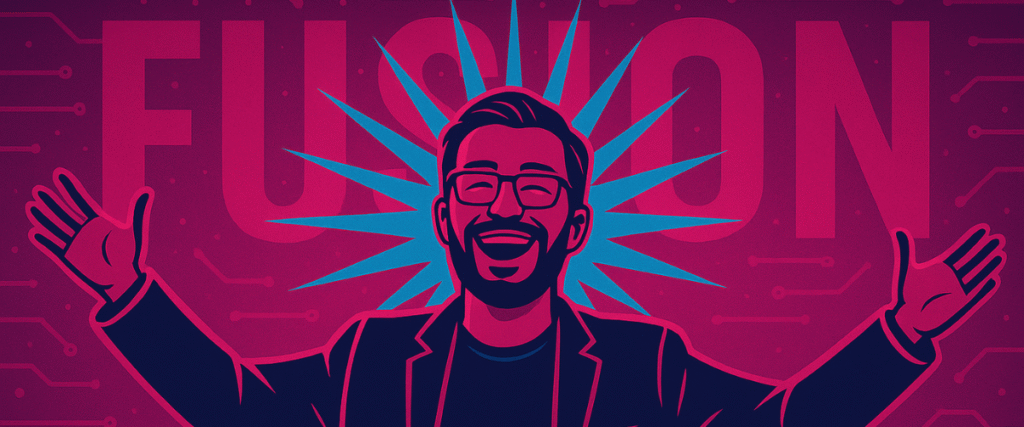
Impact of Breaches and Why Fusion Cyber
Fusion Cyber is a Montréal-based MSSP/MSP securing SMBs and co-managed enterprises with enterprise-grade defences priced for smaller teams. Founded in 1985 and incorporated in 2004, we combine decades of operational experience with certifications such as CEH, PNPT, OSCP, CISSP, and CISA. Our team operates within frameworks like MITRE ATT&CK and the Lockheed Martin Cyber Kill Chain, ensuring every control is mapped to adversary tactics.
We provide a single accountable partner for support, security, and strategy. Our 24/7/365 SOC continuously monitors environments, while our help desk resolves staff issues quickly with defined SLAs. Our stack is security-first: EDR, MFA, hardened email security, DNS filtering, vulnerability management, and centralised logging. We don’t just deploy tools—we validate them. Backup restore drills and disaster recovery exercises prove resilience, not just promise it.
Every quarter, you’ll meet with a vCIO who ties improvements to outcomes you care about: uptime, patch compliance, backup health, phishing trends, and open risks with owners. Our reporting is transparent, turning technical operations into business metrics that boards and insurers understand.
Most importantly, our incentives align with yours. Clients fully onboarded to our stack are protected by our financially backed Cybersecurity Guarantee: if breached, we fund incident response, containment, and business recovery. That commitment exists because we design, operate, and validate controls that measurably reduce risk.
Featured links:
FAQ:
What is the average cost of a cyber breach in Canada in 2025?
The average cost now exceeds CAD $7 million, according to IBM’s 2025 report. While enterprise breaches are larger, SMBs face disproportionate harm. Even smaller breaches can be fatal, with losses from downtime, fines, and churn quickly surpassing annual IT budgets. Prevention costs a fraction of recovery, making proactive security essential.
Why are SMBs especially vulnerable to cyber breaches?
SMBs lack enterprise-scale budgets and staff but face the same regulatory and customer expectations. Many rely on small IT teams or generalists, leaving gaps in monitoring, patching, and compliance. Attackers exploit these gaps with automated tools. For SMBs, even short downtime or reputational damage can cripple operations permanently.
How can SMBs reduce the financial impact of cyber breaches?
Implementing MFA, EDR, automated patching, and tested backups closes most attack vectors. Regular risk assessments, compliance alignment (Law 25, PIPEDA), and staff training reduce exposure further. Partnering with an MSSP ensures 24/7 monitoring and incident response, shifting breach costs into predictable operating expenses.
Does cyber insurance cover all costs of a breach?
No. Insurance may cover parts of incident response or legal costs, but most policies require strict controls in place first (MFA, backups, monitoring). Even with insurance, businesses face uncovered losses: downtime, customer churn, premium hikes, and long-term reputation damage. Prevention remains far more cost-effective than claims.
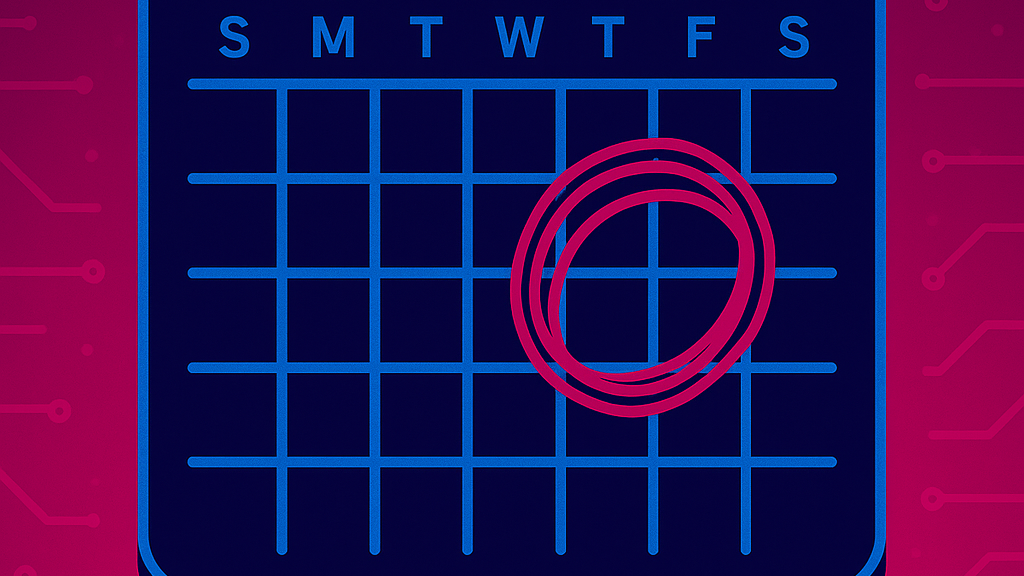
Ransomware Fridays
Most ransomware attacks now launch late on Friday evenings. Criminal groups know IT teams are thinly staffed over weekends, giving malware more time to spread before detection. For SMBs without 24/7 monitoring, this timing means they may not discover the breach until Monday morning—by then, damage is already severe.

AI in Cybercrime
AI isn’t just helping defenders—it’s being used by attackers too. In 2025, phishing emails are often generated by AI, mimicking tone, logos, and even writing style to fool recipients. This makes traditional filters less effective and raises the importance of user training and advanced detection tools like EDR and SOC monitoring.

Real-World SMB Impact
In 2024, a small retail chain in Montréal suffered a ransomware attack that halted operations for three weeks. Even after paying part of the ransom, systems weren’t fully restored. The business faced CAD $750K in fines, lost contracts, and legal fees. Within six months, it filed for bankruptcy. This case highlights the real risks for SMBs.
Our Cybersecurity Guarantee
“At Fusion Cyber Group, we align our interests with yours.“
Unlike many providers who profit from lengthy, expensive breach clean-ups, our goal is simple: stop threats before they start and stand with you if one ever gets through.
That’s why we offer a cybersecurity guarantee: in the very unlikely event that a breach gets through our multi-layered, 24/7 monitored defenses, we will handle all:
threat containment,
incident response,
remediation,
eradication,
and business recovery—at no cost to you.
Ready to strengthen your cybersecurity defenses? Contact us today for your FREE network assessment and take the first step towards safeguarding your business from cyber threats!

















